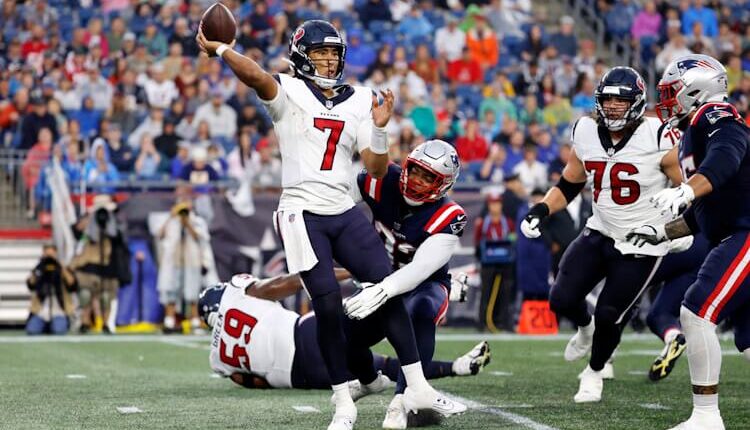Keeper leagues have surged in popularity among fantasy football enthusiasts, offering a unique blend of traditional redraft leagues and dynasty formats. The strategy involved in managing a keeper league team demands a nuanced understanding of player value, both for the current season and for future years.
This article delves into a couple of advanced strategies to optimize your keeper league roster, emphasizing accurate analysis and data-driven decision-making.
Fantasy Football Keeper League Strategy
Understanding Player Value
In keeper leagues, a player’s value transcends their immediate production. The potential for sustained performance over multiple seasons significantly impacts their worth. Evaluating players involves assessing age, injury history, team situation, and contract status.
Targeting young, ascending players can yield long-term dividends. For instance, consider a player like C.J. Stroud. Entering his second NFL season, Stroud has shown significant growth, and his trajectory suggests continued improvement. His age and potential make him an ideal keeper candidate compared to an older, albeit productive, veteran like Dak Prescott.
Analyzing metrics such as yards per attempt (YPA) and expected points added (EPA) can provide a clearer picture of a quarterback’s efficiency and potential.
Positional scarcity plays a critical role in keeper leagues. Positions with fewer elite options, such as running back, often command a premium. For example, securing a young, high-upside running back such as Breece Hall, as opposed to a veteran like Christian McCaffrey, could provide a competitive advantage for several years to come.
Running backs, given their typically shorter career spans and higher injury risk, should be evaluated with caution. Targeting those with clear workhorse roles, like Saquon Barkley (240+ carries in each of the last two seasons), can also be a prudent strategy.
The art of keeper league management lies in balancing immediate success with long-term viability. This involves making calculated decisions on which players to retain and which to trade.
Draft and Trade Strategy
Draft strategy in keeper leagues differs vastly from redraft formats. Early rounds should focus on securing cornerstone players who can anchor your team for multiple seasons. In later rounds, targeting high-upside rookies and second-year players can unearth future stars. A player like Jaxon Smith-Njigba, who may not produce elite numbers immediately but has the potential for a significant role in subsequent seasons, is a prime example.
Trading in keeper leagues requires a forward-thinking approach. Trades should be evaluated not only based on their current season impact but also on their future potential.
Creating your own trade-value system catered to your keeper league settings will give you an advantage over your league mates (remember to keep it a secret). This system should consider factors like age, production trends, and positional value. Metrics such as air yards (CAY), target separation, and catch rate can provide deeper insights into a player’s future potential.
Success in keeper leagues is built through a mix of present-day analyzing as well as lots of forward thinking. By understanding the intricacies of player value, balancing win-now and rebuild strategies, and leveraging advanced metrics, you can construct an elite keeper league team.
Do you have some keeper league strategy of your own? Drop some knowledge in the comments below and then make sure to check out our 2024 Fantasy Football Draft Kit for more great rankings and analysis.

